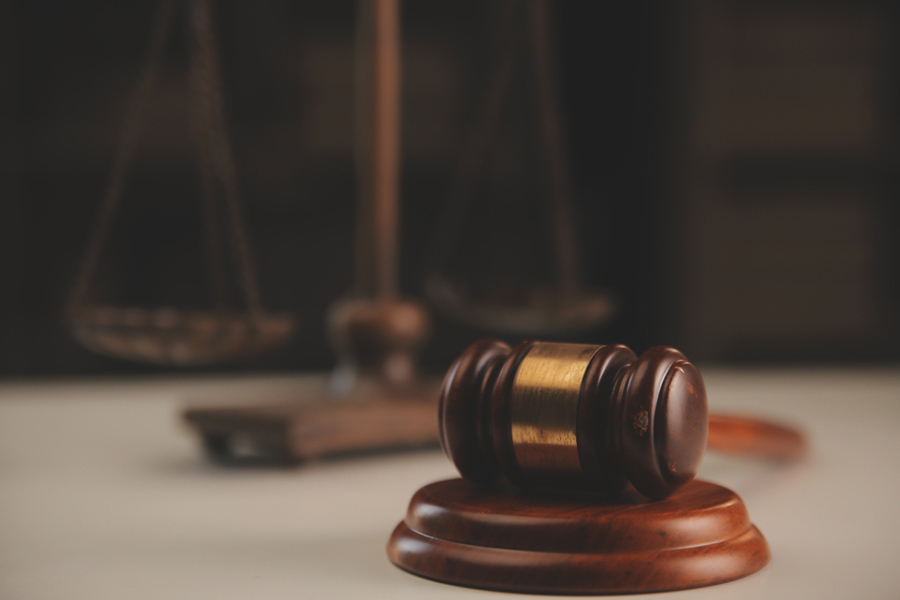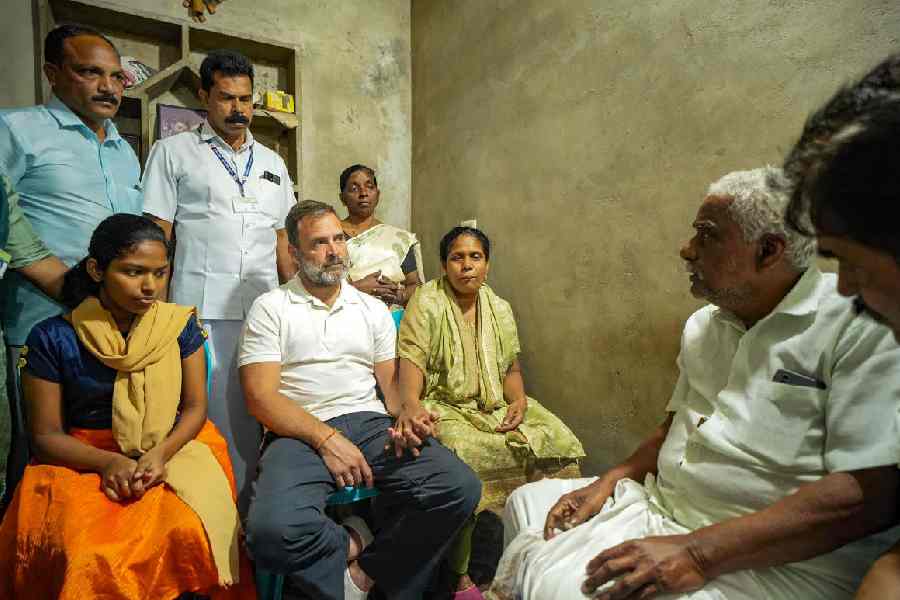 |
| An excavated figurine. (Amal Roy) |
Archaeologists are rejoicing over the chance discovery of two early medieval sites while cataloguing sculptures in a city museum.
Jalbandha and Bara villages, both in south Bengal, have contributed a wealth of artefacts to museums but don’t find mention in contemporary archaeological texts. Nobody seemed to even know the location of these sites until Gautam Sengupta, the state director of archaeology and museums, found their names on the “source list” of the Behala State Archaeological Museum.
“My colleague Sharmila Saha and I were compiling a catalogue when we realised that though a number of fine sculptures, including a large Vishnu, had been recovered from Jalbandha, nobody had tried locating the place. No researcher had mentioned it either. The same was true of Bara, whose name only appears in an article by Harekrishna Mukhopadhyay in the Birbhum Biboron,” Sengupta told Metro.
Antiquarian Bijoy Kumar Bandyopadhyay later helped Sengupta and the superintendent of the state archaeology department, Amal Roy, bring the two villages out of obscurity.
The sites at Jalbandha, off Sagardighi in Murshidabad district, and Bara, under Nalhati police station in Birbhum, probably date back to the ninth century AD and are believed to hold many surprises.
The biggest find in Jalbandha so far has been a mound two metres in height and occupying an area of 50 by 30 feet, at Sibtala. Bricks, shards of pottery and fragments of sculptures — mostly made of black basalt or schist — have left little doubt in the minds of archaeologists about the archaeological richness of the mound.
The excavations at Bara, 10km away, have yielded more treasures. “There is extensive evidence at Bara of fine sculpture fragments, and Hindu, Muslim, Buddhist and Jain religious structures across the village. The assortment of stones used is also remarkable,” said Sengupta.
A Jain Charmukha, which is a circular pillar-like shrine with the images of the Tirthankaras on four sides, is one of the priceless finds.
There are also sculptures of Shiva and Brahmanic deities, and the base of what must have been a gigantic statue. Lintels and stone pillars, and blocks with dowels have also been found. There is evidence of Islamic culture, including a five-foot stone fragment with probably Koranic inscriptions and remains of a mosque, a mazhar and a khanka.
“Early medieval sites have never received the attention they deserve, and we hope to uncover more such obscure places in the coming months,” said Sengupta.
So, does the acquisition register of the Behala museum hold more secrets?
“The discovery of Jalbandha and Bara was almost accidental. We won’t wait to make the next big find by accident,” said the director of archaeology and museums.
Sengupta and assistant Sharmila Saha are compiling a catalogue of 400 stone sculptures acquired by the Behala museum since the 1960s. These are being studied minutely and listed according to their physical descriptions, medium, places of origin and extant literary references.










